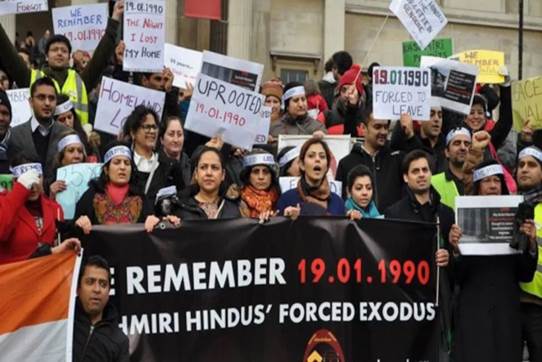Free Courses Sale ends Soon, Get It Now


Free Courses Sale ends Soon, Get It Now



Copyright infringement not intended
In News
Background
About Kashmiri Pandits
What happened in January 1990?
Present Status of Kashmiri Pandits
Steps taken by the Government
https://t.me/+hJqMV1O0se03Njk9
© 2024 iasgyan. All right reserved